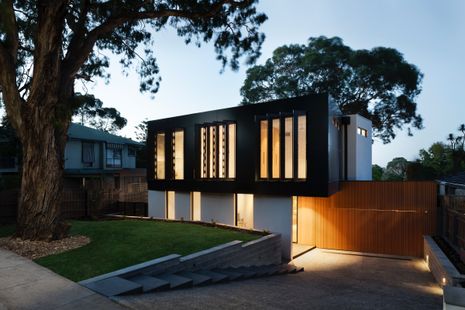|
Unit Undersupply Continues
A severe undersupply of apartments is expected to push up rents in 2024, particularly in inner city areas, according to a new report.
The CBRE report says 570,000 apartments are needed over the next three years across Australia’s capital cities, but only 55,000 apartments are being built each year.
Melbourne is tipped to have a 23,800 shortfall in units next year, Sydney will be undersupplied by 18,800 units and Brisbane will be 12,100 short.
The report predicts Perth will have 10,500 less units than it needs and Adelaide, 4,100.
The report suggests the shortage will translate to price increases of up to 13% in parts of western Sydney and 10% in northeast Brisbane.
It also forecasts rent rises of about 9% in inner city markets in Sydney, Melbourne, Brisbane and Perth.
CBRE Pacific head of research, Sammer Chopra says vacancy rates in unit markets in most precincts around Australia will reduce by between 0.2% and 0.5% in the next 12 months.
|










